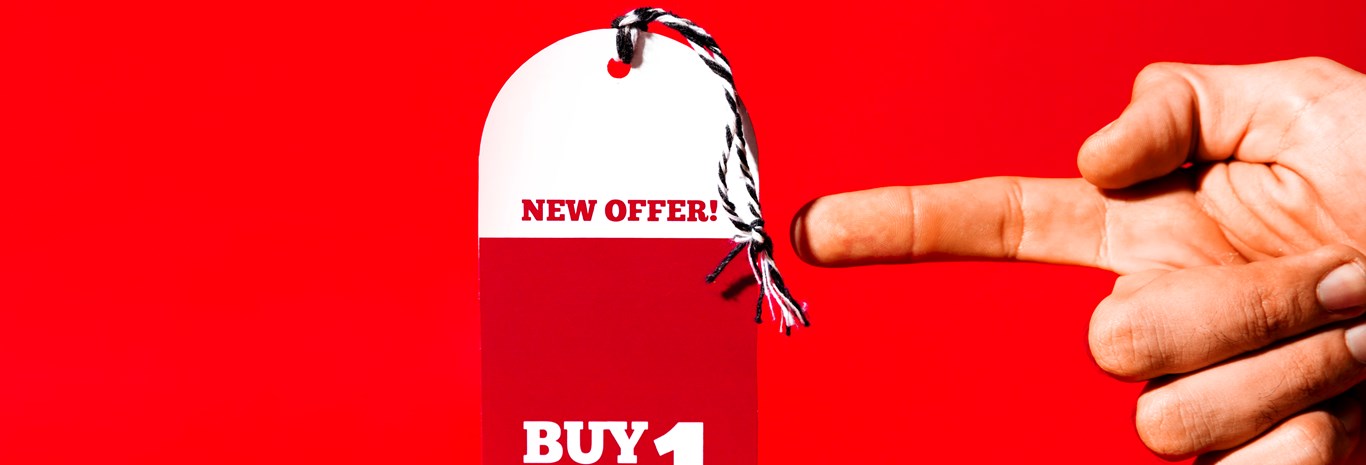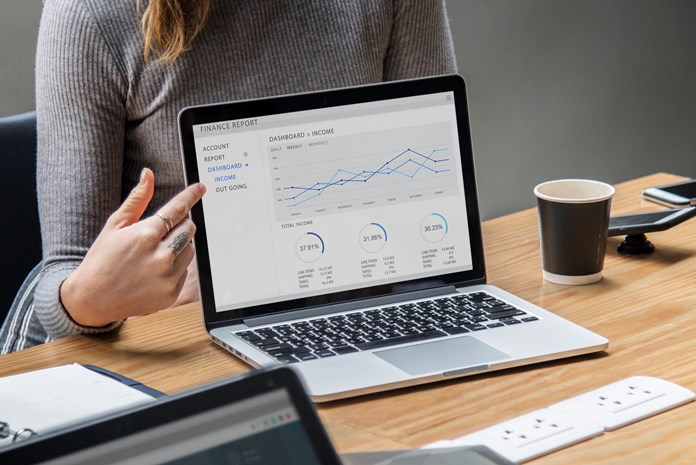Posted on 31 January by Simon Gomez in Pricing strategies
Before, we explained the definition of psychological pricing and how it benefits your online business. Psychological pricing is a pricing strategy where sellers establish prices lower than a whole number. That tricks the customers because they think they are paying a low fee for a product or service. You can learn more about it here. Now, we will tell you about the different types of psychological pricing strategies you can apply.
1- Charm pricing
Charm pricing is the most common type of psychological pricing in this list and consists in removing one cent from the rounded dollar price of an item to trick the brain into thinking it costs less. For example, if you sell coffee at $4, with charm pricing, it becomes $3.99, and the customer sees and remembers the 3, not the 4.
2- Odd-even pricing
This one is similar to charm pricing. Odd-even pricing is when you put a price on a product and end it with an odd number. Customers are more willing to buy a product that ends in an odd number. A study called Psychological pricing in online food retail discovered that 70% of all prices on Amazon end in 9. Odd-even pricing is not just popular on Amazon. Many online stores use it. Marketing Bulletin found that odd numbers are the most-used cent endings for retailers. The number 9 accounted for 60% and 5 for 30%.
3- Artificial time constraints
You probably have seen these ads when you are shopping online:
- One day only!
- Only a few hours left!
- Everything is 50% off!
Those types of ads are known as artificial time constraints. Online sellers use them to create a sense of urgency for customers. To make a purchase quickly before the item they are looking for is out-of-stock or before the promotion ends. While the website might say that the sale is ending, the truth is that it will keep running. The trick is to make customers think the deals are ending so they will make a purchase immediately.
4- Innumeracy
Many people have trouble understanding math. Let’s look at this example and compare these two promotions:
- 50% off on two items
- Buy one, get one free
Which one would you pick? While they are the same, most people prefer the second one. That happens because people have a hard time understanding math principles. That is called innumeracy. The buy one, get one free option sells better, even though the math is the same as the 50% off on two items. Customers feel like buying one, getting one free is a better deal.
5- Price Appearance
The way you present your prices to customers is a way to influence their perception of your products. Using a smaller font and removing the zeros at the end makes customers think they are spending less money. The New York Times showed that the dollar sign triggers panic emotions in customers. The best thing to do is to remove the currency sign and the cents.
Conclusion
A psychological pricing strategy creates a sense of urgency in clients using a psychological impact. You can change the perception of your pricing with different tactics. But you are the one who decides if psychological pricing is right for your business. PriceTweakers offers your company solutions like price monitoring and dynamic pricing. Price monitoring permits you to monitor (automatically) your competitors and know everything about them. With dynamic pricing, you can create different pricing strategies that will help your company increase sales and profits.
Share this page





